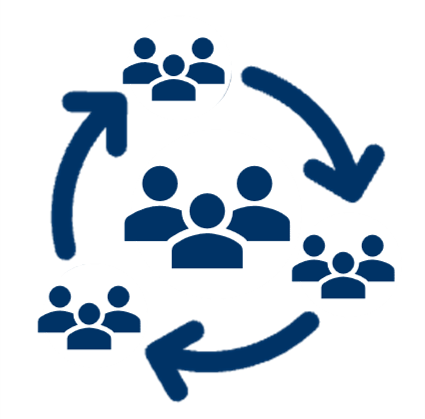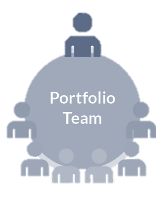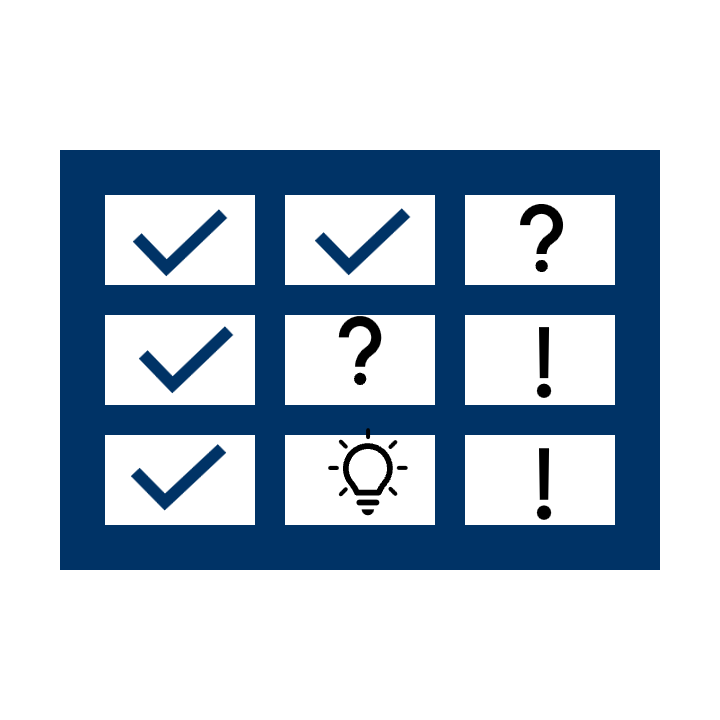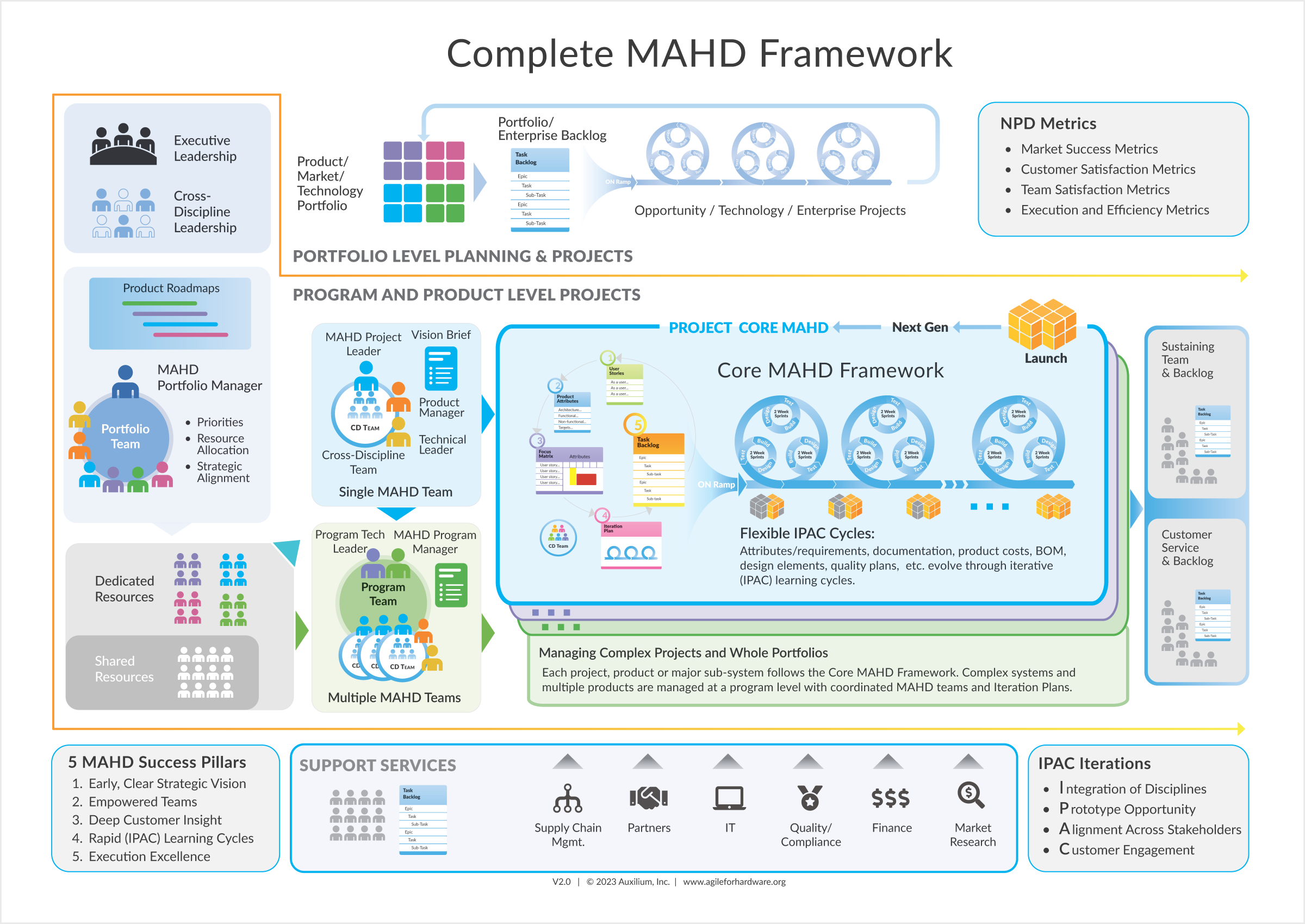While the MAHD Framework Core focuses on methods to manage specific development projects, the Complete MAHD Framework applies agile methods to an organization’s entire product development process, including:
The Complete MAHD Framework provides the governance and agile methods needed to manage the entire product lifecycle while integrating seamlessly with other processes such as Stage-gate, Lean/Six Sigma or SAFe.
While all projects will use the core MAHD principles and methods, including project kickoff with the MAHD On-ramp, using Iteration Plans, and executing short learning and execution cycles, there are some additional elements to consider as you scale.

With major projects, having one large MAHD team isn't often practical. You need mechanisms to manage multiple teams that include clarification of roles and how to hold efficient planning and alignement meetings.

Additional Agile skills and responsibilities are needed to manage larger projects, product llnes, whole product and project portfolios as well as opportunity pipelines.

For large systems, you may have multiple levels of Iteration Plans to manage each major workstream. Product lines with many smaller projects can also be managed with Integrated Iteration Plans due to high overlap of resources and need to drive effiicient planning

As you build agility from innovation management to sustaining engineering new techniques and tactics must be developed ranging from ideation methods to managing lists of sustaining engineering activities.

The MAHD Framework helps teams manage product portfolios and innovation pipelines using agile principles. This allows teams and management to:
With agile, there can be confusion as to what constitutes a product roadmap since plans are always flexible, and the backlog is intended to capture and prioritize new features.
However, hardware development requires more forward-looking thinking to anticipate architectures, technology, and product releases that may have long shelf lives. The MAHD Framework incorporates product roadmap planning as part of strategic planning and on-ramp activities while still staying true to agile principles.
Central to project success is the allocation of resources. The right people, at the right time, with the right focus. While Agile teams best run with dedicated team members, hardware developers, architects, designers, etc., can rarely be allocated entirely to a single project, the reality of shared resources is built into the MAHD Framework. Some considerations when allocating resources:
Metrics become the yardstick with which your product development process will be measured and allow you to make focused improvements as you learn. We recommend establishing metrics in four dimensions:
1) Market success - forecast accuracy, ROI, margin, etc.
2) Customer satisfaction - net promoter score, ratings, competitor rankings, etc.
3) Team satisfaction - autonomy levels, morale ratings, etc.
4) Efficiency - speed from concept to market, decision-making speed, resource utilization, etc.
Large projects, such as complex products, systems, and product lines, need a MAHD team-of-teams approach. This requires some additional roles and coordination, including:
While some projects may require a continuous flow of product or systems releases that are managed with successive Iteration cycles, hardware development often ends with a discrete product launch. Once a product is in production, the MAHD Framework guides teams to:
Hardware-based products require a range of support from supply chain management to market research services throughout the development cycle as well as during the ramp-up to production. For project success, the right resources must work with product teams at the right time. The MAHD Framework helps optimize how these resources engage with product development teams to:
While the Complete MAHD Framework provides the governance and methods to manage the entire product development process, the MAHD Framework Core provides the basis for project excellence.
Discover how the MAHD Framework Core enables agile methods to deliver project success by clicking below.
To discover how the MAHD Framework can accelerate your NPD efforts, download the Intro to MAHD e-book or contact us to discuss your needs.
Download the comprehensive Introduction to MAHD E-book to learn about the key elements of the MAHD Framework.
Request a 45-minute overview and discussion of your situation. We can provide an overview of the MAHD Framework and help you determine if MAHD is a good fit for your goals.
Going MAHD Newsletter
Get the latest articles and resources delivered directly to your email.
© 2023 MAHD Framework, LLC